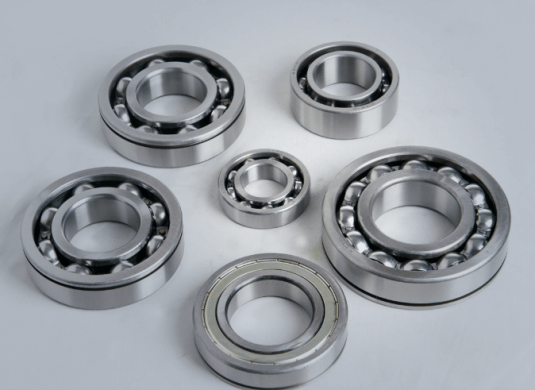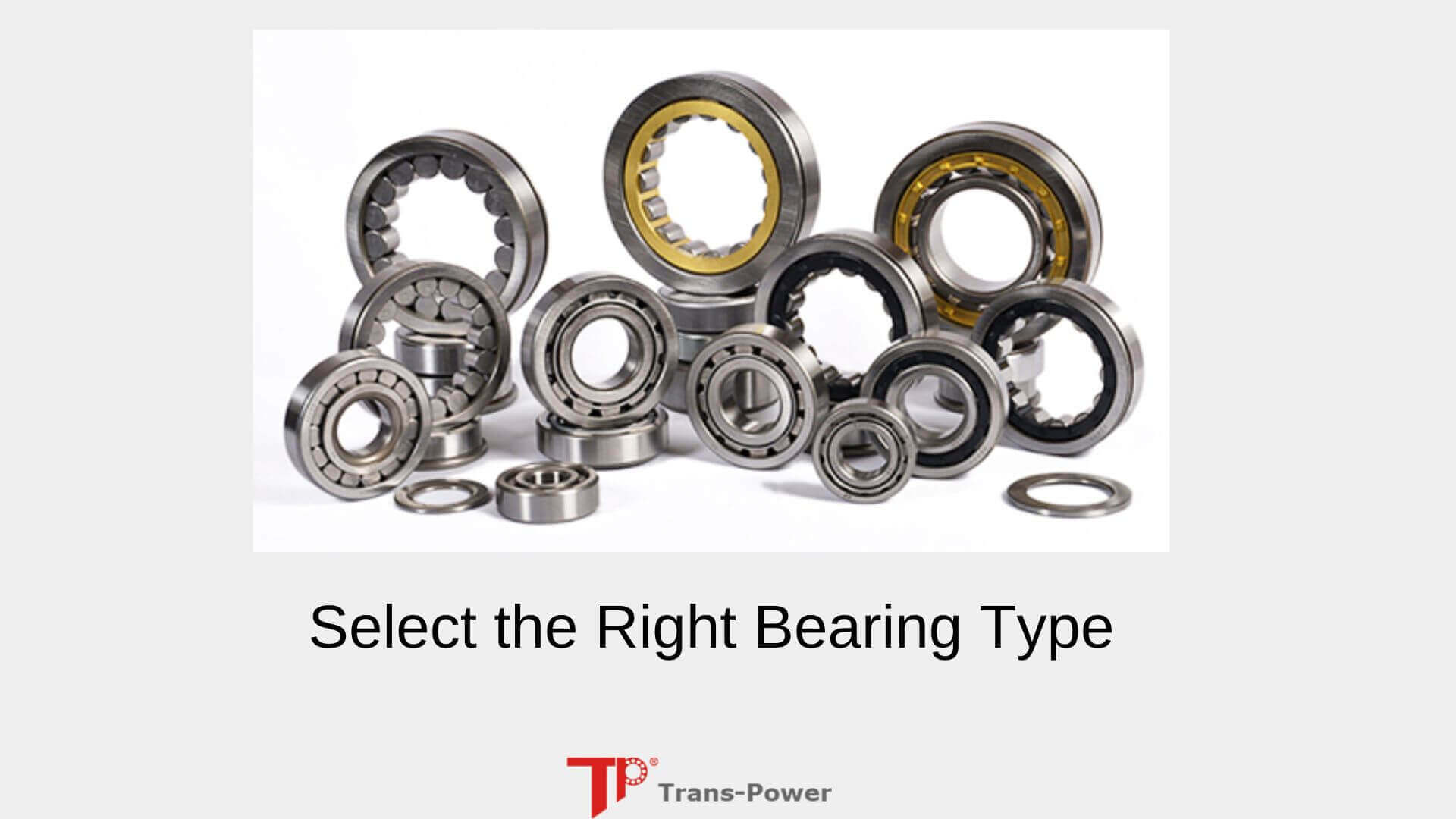Industrial bearings: types, selection guide and application areas
Industrial bearings are an indispensable core component in mechanical equipment. They ensure efficient and stable operation of equipment by reducing friction and supporting rotational motion. Whether it is a car, a wind turbine, or a factory production line, bearings play a key role. This article will explore the types of industrial bearings, how to choose the right bearings, selection considerations and their wide application to help you better understand this key component.
1. What are industrial bearings?
Industrial bearings are a precision mechanical component that is mainly used to support mechanical rotating bodies (such as shafts, gears or wheels), reduce friction during movement, and withstand radial or axial loads from equipment. Its core function is to ensure the smoothness, precision and long life of mechanical movement.
2. Main types of industrial bearings
Based on the structure and working principle, industrial bearings can be divided into the following categories:
- Rolling bearings
Deep groove ball bearings: the most common type, suitable for medium and low speeds, radial and light axial loads, such as motors and household appliances.
Angular contact ball bearings: can withstand radial and axial loads at the same time, commonly used in machine tool spindles, pumps, etc.
Tapered roller bearings: Designed to withstand heavy radial and axial loads, mostly used in automotive wheels and gearboxes.
Cylindrical roller bearings: High radial load capacity, suitable for heavy machinery (such as wind turbines).
- Sliding bearings (plane bearings)
Work through sliding friction, no rolling elements are required, and are often used in low-speed, high-load scenarios (such as turbines, ship propulsion systems).
- Thrust bearings
Specially designed to withstand axial loads, such as helical gear supports in gearboxes.
- Special working condition bearings
Ceramic bearings: High temperature and corrosion resistance, suitable for extreme environments (such as aerospace, chemical equipment).
Self-lubricating bearings: No external lubrication is required, used in difficult maintenance situations (such as food machinery, medical equipment).
3. How to choose the right industrial bearing?
The following factors should be considered comprehensively to choose the right bearing:
1. Load type and size
Radial load: Force perpendicular to the axis (such as the pull of a pulley).
Axial load: Force parallel to the axis (such as thrust when gears mesh).
Mixed load: Angular contact bearings or tapered roller bearings are required.
2. Speed requirements
Deep groove ball bearings or ceramic bearings are preferred for high speed applications (such as electric spindles).
Cylindrical roller bearings are suitable for low speed and heavy load scenarios (such as cranes).
3. Working environment
Temperature: Heat-resistant steel or ceramic bearings are required for high temperature environments; antifreeze grease is required for low temperature environments.
Corrosiveness: Stainless steel or coated bearings can be selected for chemical equipment.
Sealing requirements: Bearings with dust covers or sealing rings are required for dusty or humid environments.
4. Installation and maintenance
Is it easy to install? Split bearings can simplify maintenance.
Does frequent lubrication need to be performed? Self-lubricating bearings can reduce maintenance costs.
IV. Selection considerations
Avoid “over-configuration”: select according to actual working conditions, without blindly pursuing high specifications.
Consider the total cost: low-priced bearings may have a short life, resulting in higher replacement and maintenance costs.
Supplier technical support: Choose a reliable brand that can provide technical parameters and installation instructions (such as SKF, NSK, TIMKEN). TP can provide you custom bearings for you.
Compatibility check: Make sure the bearing size matches the equipment shaft and housing.
V. Typical application areas of industrial bearings
Automotive industry: wheel hub bearings, gearbox bearings, engine components.
Energy industry: wind turbine main shaft bearings, hydraulic turbine support bearings.
Manufacturing industry: machine tool spindles, industrial robot joint bearings.
Aerospace: high temperature resistant engine bearings, landing gear bearings.
Home appliances and electronic products: motor bearings, hard disk drive spindle bearings.
Although industrial bearings are small, they are the “invisible guardian” of the efficient operation of modern machinery. Correctly selecting bearing types and reasonably matching working conditions can not only improve equipment performance, but also significantly extend service life and reduce operation and maintenance costs. It is recommended to work closely with professional suppliers when selecting models and make the best decision based on specific application scenarios.
If you need to learn more about bearing selection or obtain product manuals, please contact our technical team!
Post time: Apr-15-2025







